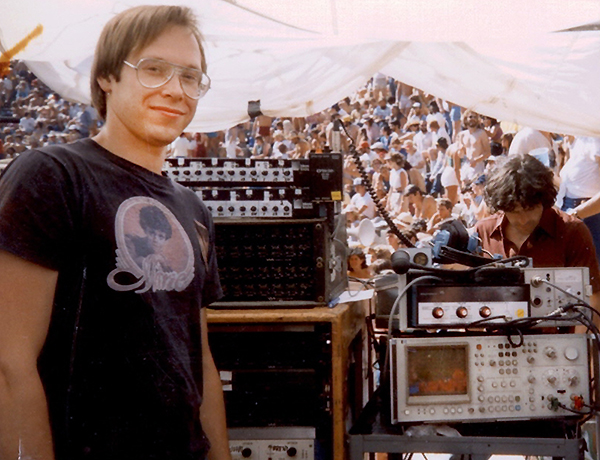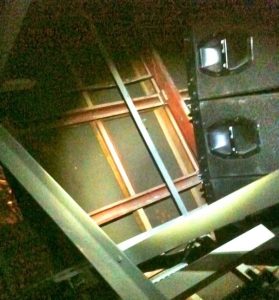
21) Order of operations. Follow the optimization equation (A+B=A). Aim and EQ the mains (A). Aim/splay/space, EQ, level set and delay the subsystem (B). EQ the combination of A+B and move on to the next.
22) Slogans about EQ are BS. We’ve all heard “the best EQ is the least EQ” and “he who EQ’s least, EQ’s best.” I guess that’s why they don’t put EQ on mix consoles and DSPs anymore. My versions: “the best EQ is the best EQ” and “he who EQs best, EQs best.”
23) Don’t be the EQ police. If the client wants flat then make it flat (and as close to the same everywhere). If the client wants +10 dB in the LF range, then fine (and as close to the same everywhere).
24) Filter choices. Parametric EQ for single systems. Usually 3 or 4, never more than 6 and rarely narrower than 0.5 octave. Go after the three (or so) biggest issues that cover the widest frequency spans and audience areas. All of the little stuff is gone in two seats. Use multi-band shelving filters for combined system EQ to settle down the LF coupling. There are more exotic filters out there but I never find the need.
25) Be on the alert for latency gone wild. Devices that give different latencies in different configurations, or on different outputs, or just because. Measure all the roads that lead to Rome and check their latency.

26) Adding extra delay for precedence. I never do it. It’s not needed if the levels are set right, and it can cause destructive side effects (most notably turning up the delays).
27) With measurement mics, the best-case scenario is high quality, high stability, high matching and large quantity. When I can’t have it all, I favor a pile of lesser mics over a single perfect one. They must be stable and level matched, but a dB here or there of frequency variation is OK. Moving a single (perfect) mic around opens up a huge tolerance for errors. There is huge benefit to multiple stable mic positions when making changes in a multi-stage array.
28) Point the mics at the loudspeakers. Within ±30 degrees is fine but everybody worries if they’re off 5 degrees, so it’s easier to just say OK and aim them just right.
29) For mic height, the key thing to remember is we’re looking to represent an area (not just a seat). I generally use standing head height to keep clear of nearby empty seat back reflections, and will move down to sitting when warranted (e.g., front fill). I also go ground plane when measuring empty flat floors that will later be populated. The logic is this: Place the mic at the height that closest resembles the future show condition.
30) Never let “Nightfly” be used to evaluate your work. If the PA sounds good with those types of tracks, there’s a serious problem. Hi-hat should not lead the band.
